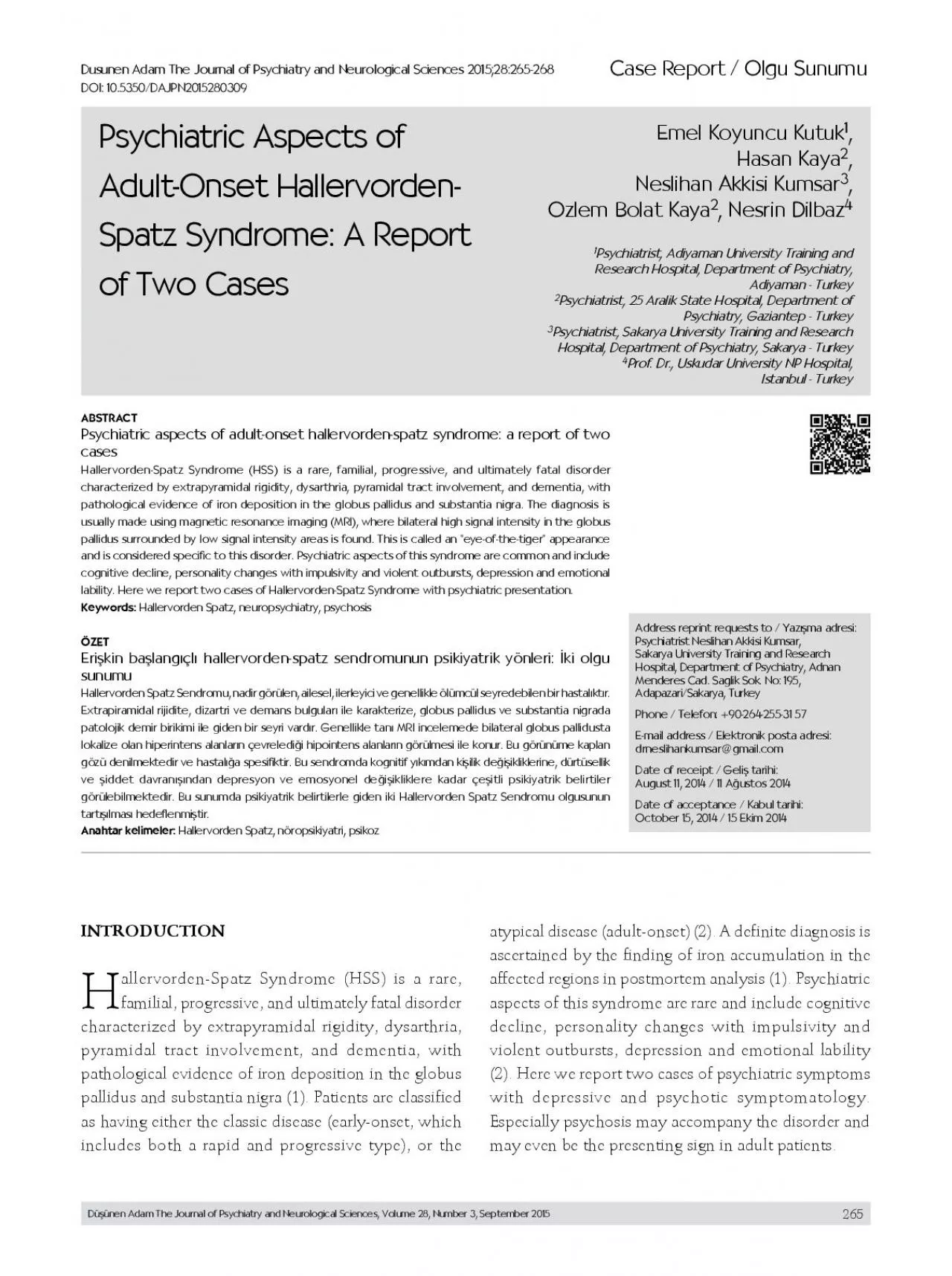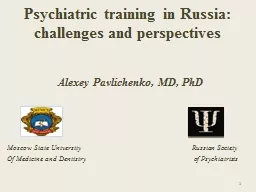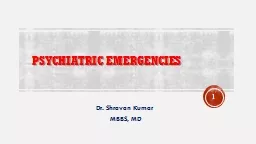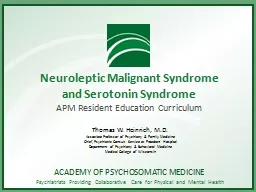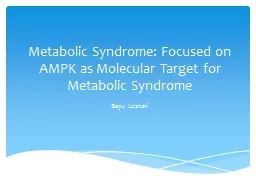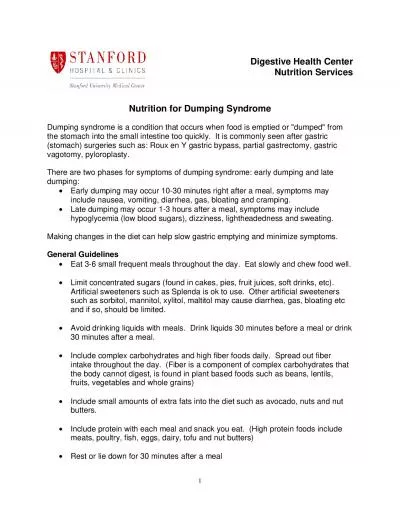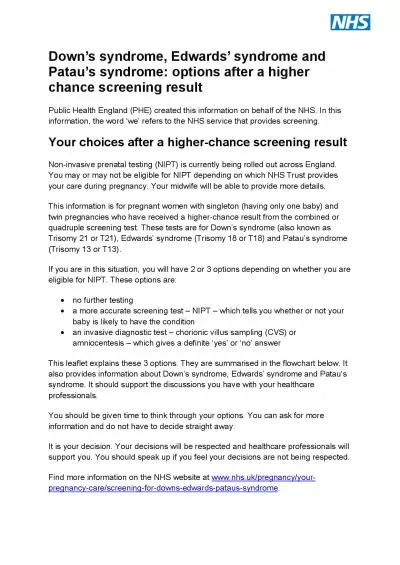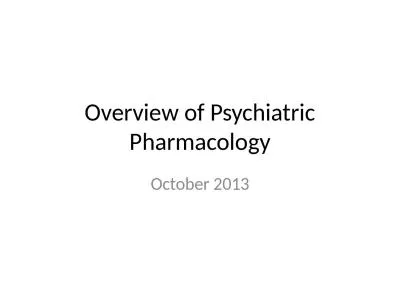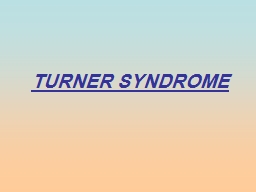PDF-Psychiatric Aspects of Spatz Syndrome A Report Psychiatric aspects of
Author : lam | Published Date : 2022-10-13
265 allervordenSpatz Syndrome HSS is a rare familial progressive and ultimately fatal disorder characterized by extrapyramidal rigidity dysarthria pyramidal tract
Presentation Embed Code
Download Presentation
Download Presentation The PPT/PDF document "Psychiatric Aspects of Spatz Syndrome A ..." is the property of its rightful owner. Permission is granted to download and print the materials on this website for personal, non-commercial use only, and to display it on your personal computer provided you do not modify the materials and that you retain all copyright notices contained in the materials. By downloading content from our website, you accept the terms of this agreement.
Psychiatric Aspects of Spatz Syndrome A Report Psychiatric aspects of: Transcript
Download Rules Of Document
"Psychiatric Aspects of Spatz Syndrome A Report Psychiatric aspects of"The content belongs to its owner. You may download and print it for personal use, without modification, and keep all copyright notices. By downloading, you agree to these terms.
Related Documents

